Parque Tapgol (탑골공원)
441.3M 2021-12-30
Jong-ro 99, Jongno-gu, Seúl
+82-2-731-0534
También conocido como Parque Pagoda, el Parque Tapgol, localizado al lado del templo Weongaksa de la era Joseon, es el primer parque moderno construido en Seúl. El remplo Weongaksa era conocido como templo Heungboksa durante la dinastía Goryeo, pero fue renombrado cuando fue ampliado durante los inicios de la era Joseon. Sin embargo, fue destruido durante el reinado de Yeonsangun y Jungjong debido a la fuerte política de represión hacia el budismo. Más adelante, un parque occidental fue contruido a propuesta del inglés John Mcleavy Brown, pero no hay información precisa sobre la razón y la fecha. El parque contiene varios tesoros nacionales, incluidas la placa que conmemora el movimiento independentista Wongaksaji y la estatua de Byeong-hee. El parque es de gran valor histórico y un espíritu nacional al ser el punto de inicio de la Protesta de Independencia del 1° de mayo de 1919.
Parque Abierto Songhyeon (열린송현녹지광장)
443.5M 2025-05-28
Songhyeon-dong 48-9, Jongno-gu, Seúl
Chanyangjip (찬양집)
457.2M 2025-07-18
5, Donhwamun-ro 11da-gil, Jongno-gu, Seoul
The Sool Gallery (전통주갤러리)
459.8M 2025-05-28
Bukchon-ro 18, Jongno-gu, Seúl
Espacio del Hansik E:eum (한식문화공간 이음)
459.8M 2025-05-28
Bukchon-ro 18, Jongno-gu, Seúl
Museo del Tteok (떡박물관)
460.7M 2021-07-16
Donhwamun-ro 71, Jongno-gu, Seúl.
En este lugar se encuentran en exposición diferentes utensilios y artículos que se utilizan para preparar el tteok (pastelillos dulces de arroz de distintos sabores y formas); infusiones y licores tradicionales que son ideles para acompañarlos en cualquier ocasión. El tteok es un tipo de postre coreano que presenta miles de variedades y sabores. La receta de cada tipo de tteok es muy científica y sabe exactamente cómo respetar los ingredientes para obtener un resultado sublime en cuanto al sabor, propiedades nutricionales, textura y aroma.
Aank Hotel & Spa Jongno Unni Branch (아늑호텔 앤 스파 종로운니점)
462.0M 2025-04-25
89, Donhwamun-ro 11ga-gil, Jongno-gu, Seoul
LoL Park (롤파크)
512.6M 2024-04-23
Jongno-ro 33, Jongno-gu, Seúl
Campanario Bosingak (보신각 터)
528.2M 2025-06-25
Jong-ro 54, Jongno-gu, Seúl
El campanario Bosingak es el lugar en donde se encontraba la campana que daba la señal de la hora, tanto para las áreas del interior y exterior de la muralla de la ciudad capital. Fue construido en el 13º año (1468) del reinado de Sejo de la época Joseon, y en aquel tiempo, se fundó también el templo Wongaksa, pero fue trasladado al sitio actual, durante el reinado de Gwanghaegun (1619). En la antigüedad, la campana se tocaba 33 veces a las 04:00, y 28 veces a las 22:00, y era utilizada para dar la señal de la hora, y como símbolo de la apertura y cierre del portón de la muralla. Es un patrimonio cultural de gran valor para los estudios académicos. Siendo el Tesoro, la pieza original se encuentra en el Museo Nacional de Corea.
Centro Cultural de Bukchon (북촌문화센터)
531.6M 2025-12-26
Gyedong-gil 37, Jongno-gu, Seúl.
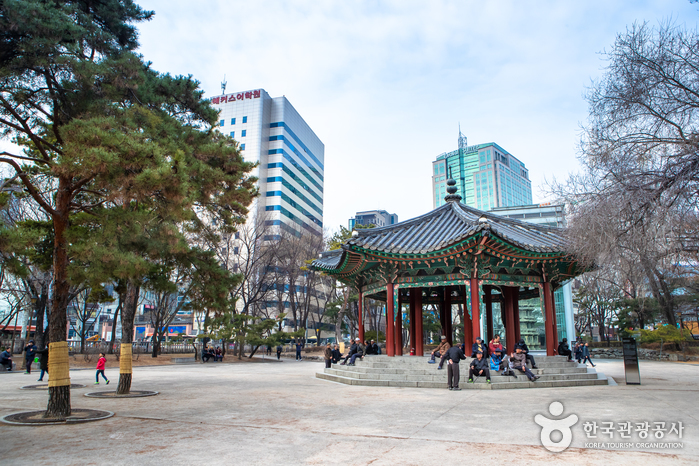
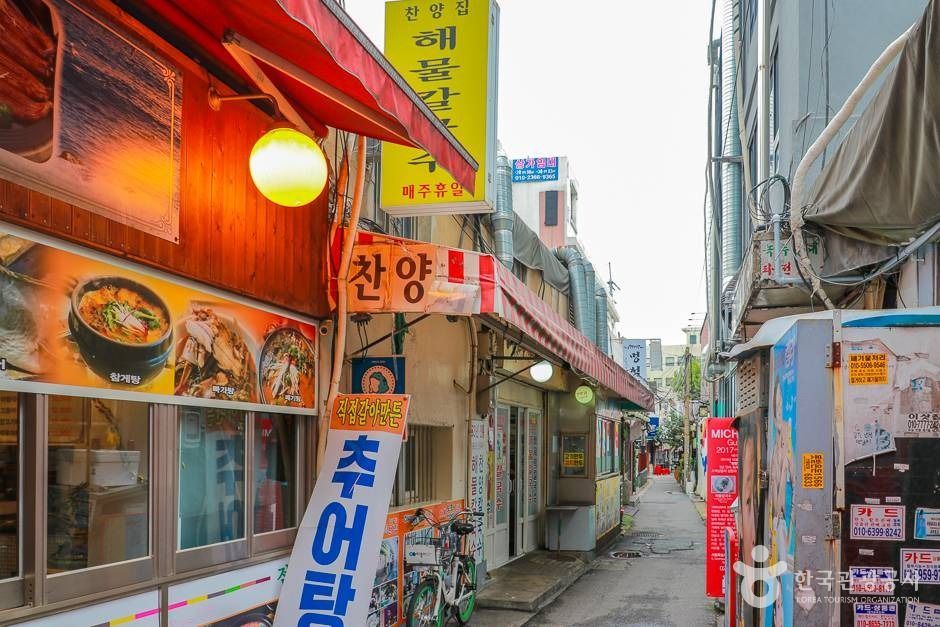

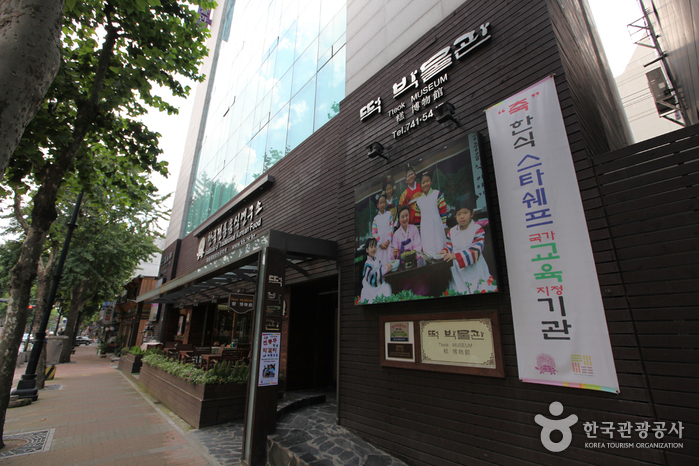
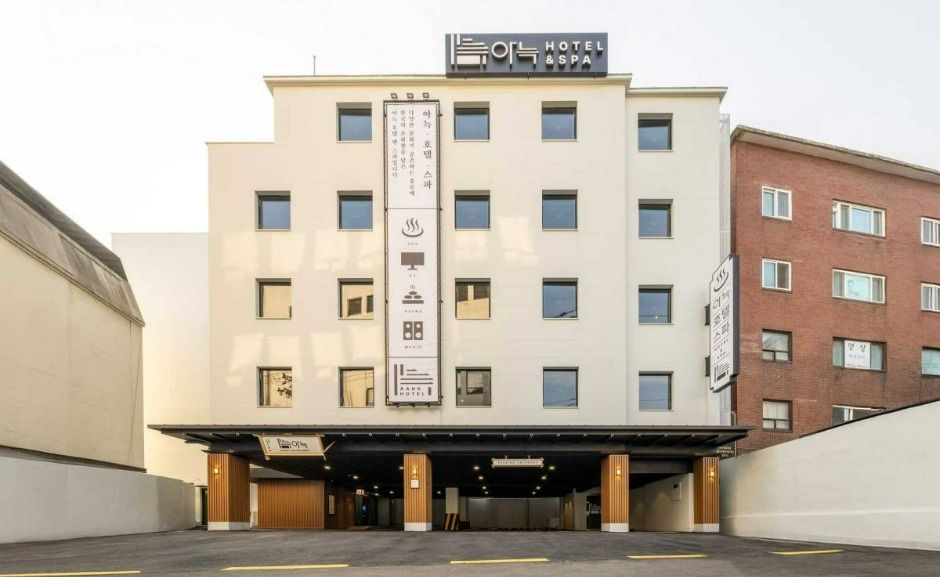
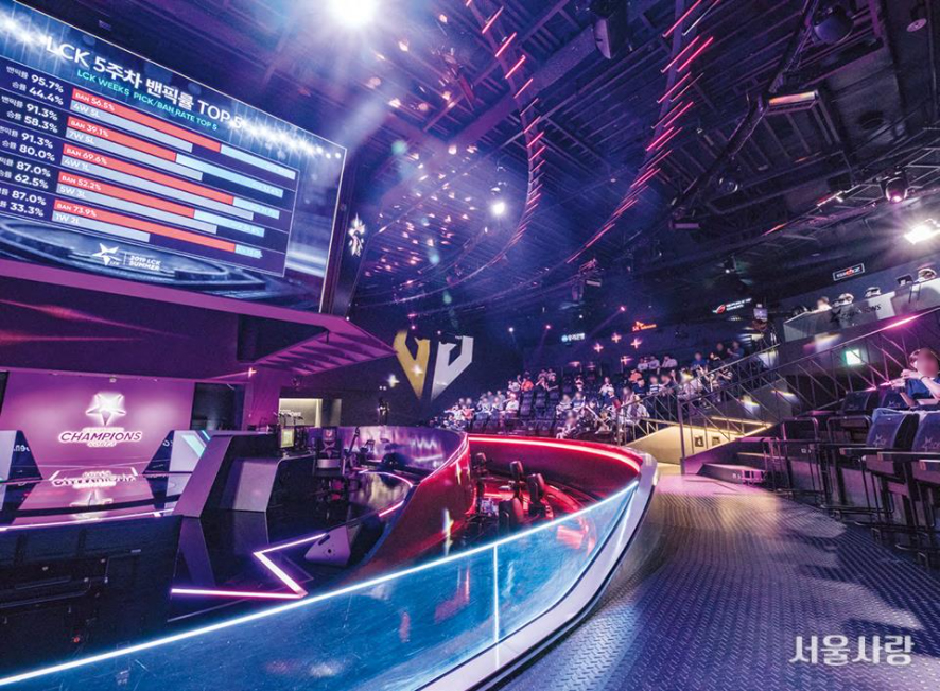
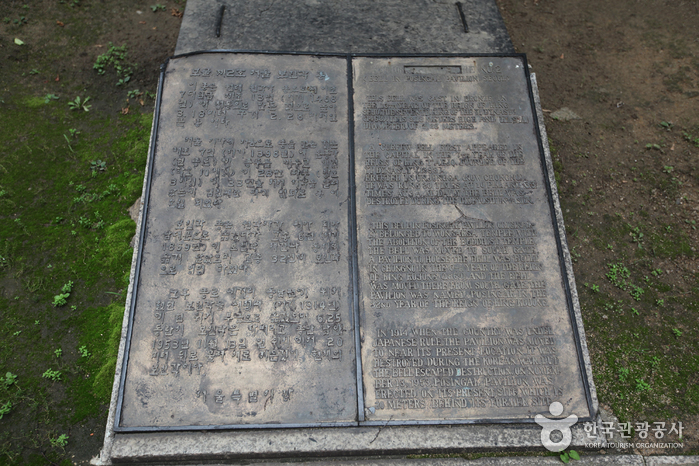
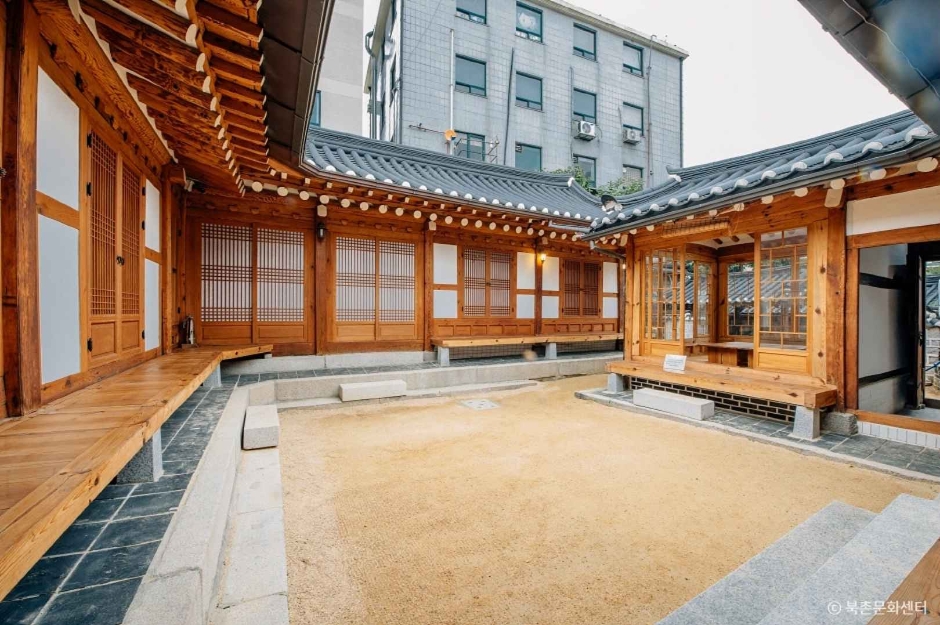
 Español
Español
 한국어
한국어 English
English 日本語
日本語 中文(简体)
中文(简体) Deutsch
Deutsch Français
Français Русский
Русский